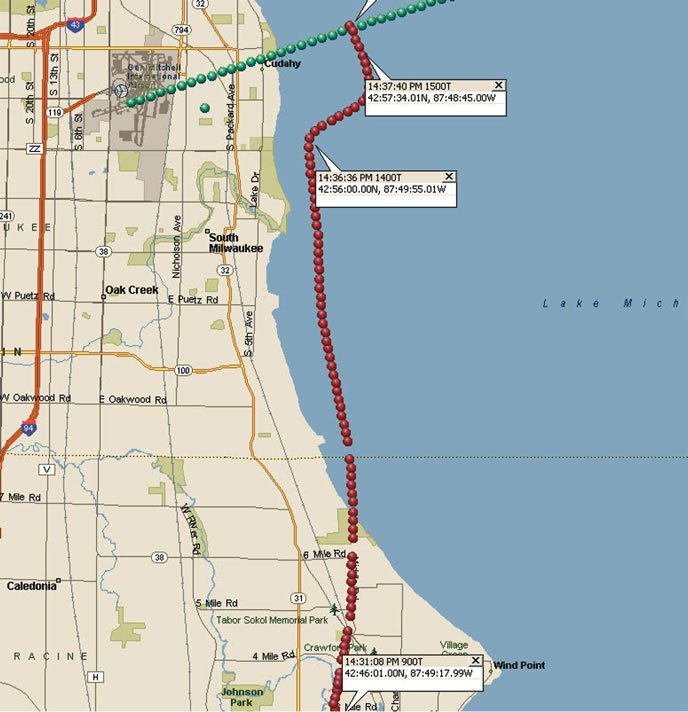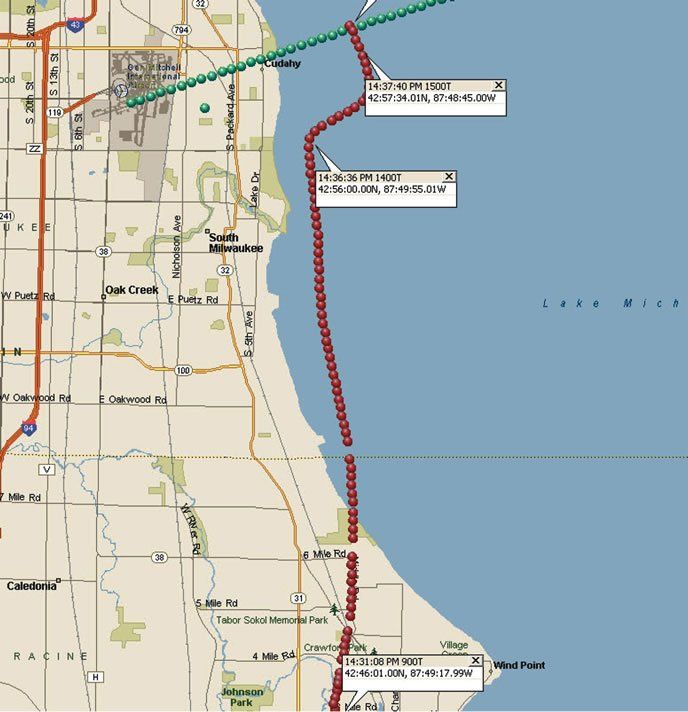The FAA’s Advisory Circular (AC) 90-23G, “Aircraft Wake Turbulence,” is the latest edition of the agency’s guidance on this topic, having been revised in February 2014. The new AC, at paragraph 9, “VORTEX ENCOUNTER GUIDANCE,” states in part:

“A wake encounter is not necessarily hazardous. It can be one or more jolts with varying severity depending upon the direction of the encounter (intercept angle), weight and configuration of the generating aircraft, size of the encountering aircraft, distance from the generating aircraft, and point of vortex encounter. The probability of induced roll increases when the encountering aircraft’s heading is generally aligned or parallel with the flightpath of the generating aircraft. Avoid the area below and behind the generating aircraft, especially at low altitude where even a momentary wake encounter could be hazardous.”
While the AC is rather exhaustive in its discussion of operations behind a larger airplane, it presumes the greatest hazards exist when the smaller one following a larger one ls a) on a “heading generally aligned or parallel with” the generating airplane and b) below or behind it. The AC simply doesn’t address crossing behind a generating aircraft at the same altitude. It’s a good bet, however, its next revision will.




